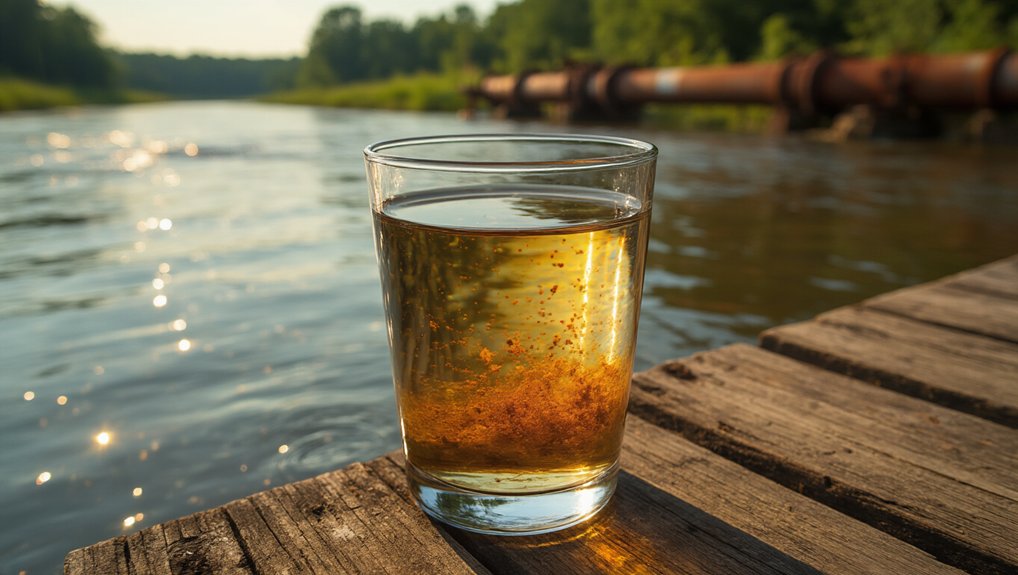Thousands of Alabama residents turn on their taps each day, blissfully unaware of what’s lurking in their drinking water. Behind the scenes, a toxic crisis has been brewing for years – one that state officials weren’t exactly racing to fix.
The numbers tell a disturbing story. Over 9,000 contaminated sites across the state, with a quarter still awaiting cleanup. Those “forever chemicals” everyone’s freaking out about? Yeah, they’re here in abundance. Cities like Centre and Gadsden have repeatedly found PFAS levels above EPA limits. But hey, who needs safe water anyway?
Alabama’s criteria for toxic pollutants were laughably outdated, protecting residents about as effectively as a paper umbrella in a hurricane. We’re talking about serious contaminants – arsenic, cyanide, and other substances that sound like ingredients in a villain’s lab. These aren’t just inconvenient chemicals. They cause cancer, liver damage, and developmental issues. Not exactly what you want with your morning coffee.
It took seven environmental organizations and a mountain of legal pressure to force the Alabama Environmental Management Commission to do its job. The IRIS standards introduced by the EPA in 2015 had been ignored by Alabama regulators for years despite requests for updates every three years. The state had conveniently forgotten to review and update its toxic pollutant standards as required by the Clean Water Act. Oops!
The consequences fall hardest on vulnerable communities. Families relying on local waterways for fish face elevated health risks. ARA Policy Director Charles Miller emphasized the devastating impact on families who consume contaminated fish and water. Rural areas with few alternatives to municipal water continue drinking whatever comes through their pipes. Trust in government agencies? Practically non-existent in affected areas.
After years of resistance, the state finally buckled under pressure. New standards for 12 toxic pollutants will now be implemented. It’s a win for public health, though it came about 20 years later than it should have.
The victory proves that sometimes David can beat Goliath – if David has enough scientific evidence, legal savvy, and sheer stubbornness to outlast the bureaucracy standing between citizens and clean water.
References
- https://insideclimatenews.org/news/21062025/alabama-water-toxicity-standards/
- https://adem.alabama.gov/sites/default/files/2025-02/GWpart2.pdf
- https://alabamarivers.org/toxic-criteria/
- https://adem.alabama.gov/water/and-polyfluoroalkyl-substances-pfas-drinking-water
- https://olympianwatertesting.com/is-alabama-tap-water-safe-to-drink/









